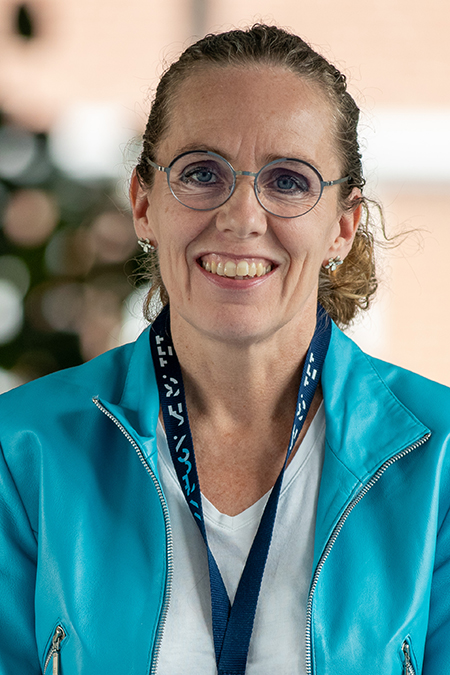A bone is not just a bone
Meet Lene Warner Thorup Boel
“The majority of bone research is carried out on laboratory animals, but at the Department of Forensic Medicine we can examine human bones. Ultimately, a lot of the research deals with strength and how the bone is structured and how the bone tissue grows and degenerates with age.”
Bones, both living and dead, conceal a wealth of information. And State-appointed Forensic Pathologist and Professor Lene Warner Thorup Boel, born in 1966, knows this better than most.
Ever since writing her PhD dissertation on forensic anthropology in 2001, she has spent a large part of her professional life working on forensic imaging and analyses of bone tissue.
She is a state-appointed forensic pathologist at the Department of Forensic Medicine, where she is head of the Section for Forensic Imaging and Osteology.
The department's primary task is assisting public sector agencies in the field of forensic pathology with autopsies and person examinations. But research is also a focal point. With a CT scanner and coming access to an MRI scanner, there are good opportunities to conduct cutting-edge research in forensic imaging – an area that is becoming increasingly widespread. One area the researchers will be researching are rib fractures after resuscitation and traffic accidents – how much force is required before the rib breaks, and how can this be avoided?
Expert witness in court
"When I began in the field, I was fascinated by forensic anthropology. A frequent forensic issue, for example, is how to determine how old a person was when he or she died, which is difficult to do.

This is an area where I dream of one day being able to supplement with new methods," says Lene Boel.
Since then, she has moved on from dried-out, old skeletons to focus on fresh bones, diagnostic imaging and microscopic analyses of bone tissue.
"The majority of bone research is carried out on laboratory animals, but at the Department of Forensic Medicine we can examine human bones. Ultimately, a lot of the research deals with strength and how the bone is structured and how the bone tissue grows and degenerates with age," explains the forensic pathologist.
This experience is utilised when she acts as an expert witness in court. Here her role is to e.g. give an account of the chronology of the victim's injuries or to explain the amount of force required before a bone fractures. Among other things, this may be necessary in cases of child abuse.
"If it’s suspected that children have been subjected to violence, you would typically want an age assessment of the fractures. My job is to assess when the injury occurred, and whether they happened at the same time or are due to multiple incidents," she says.
"There is a great need for more knowledge in this area, and I also plan to contribute here with my research."
Lene Warner Thorup Boel has worked at the Department of Forensic Medicine since 2007. There is one particular procedure she dreams of modernising.
"Before we receive someone for an autopsy, they must first undergo a forensic post-mortem. This takes place in almost the same way as it did a century ago – they don’t do much more than look at the skin and in the eyes and mouth. I work to ensure that the forensic post-mortem is combined with a scan and a blood sample before a decision is made on an autopsy," says the professor, who is also chair of the Danish Society for Forensic Medicine.